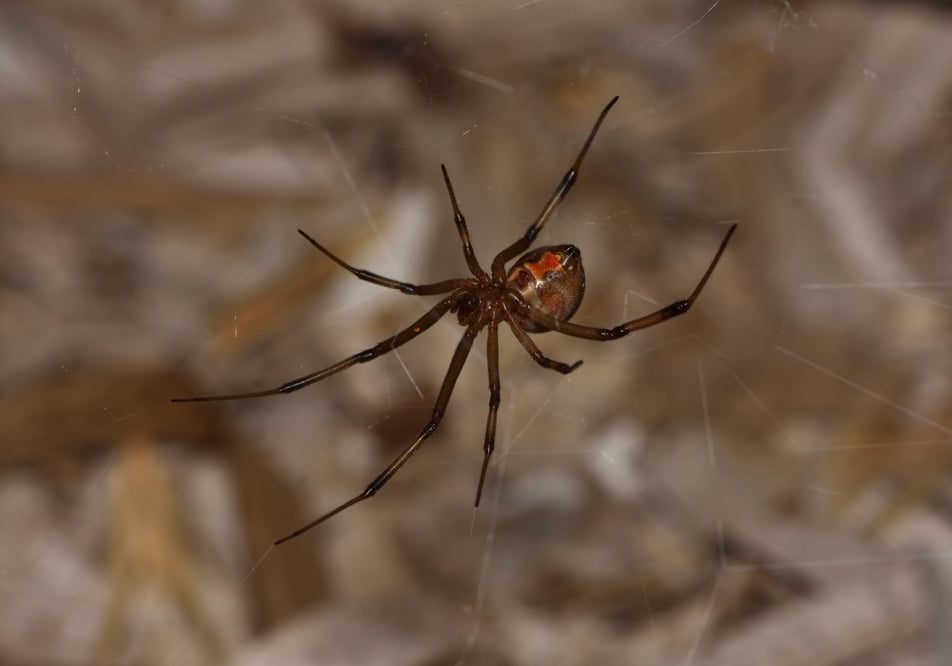I. Introduction
As summer fades away and the crisp air of fall begins to settle in, many homeowners start to embrace the changing seasons and the beauty they bring. However, with the arrival of autumn also comes a host of pests looking for a warm place to settle down for the colder months. Preparing for these fall pests is essential to keeping your home safe from infestations. This blog post will highlight common pests that become active in the fall and provide you with practical steps to mitigate potential problems before they arise.

IV. Preventive Measures for Homeowners
Taking proactive steps to prepare for fall pests is essential in protecting your home:
Keeping your home well-sealed can deter pests:
- Seal Up Gaps: Inspect windows, doors, and foundations, and seal any gaps or cracks with caulk or foam.
- Repair Screens: Ensure window and door screens are intact and replace any torn screens to prevent pests from entering.

V. When to Seek Professional Help
For some homeowners, pest prevention may not be enough, and professional intervention may be necessary.
A. Signs Indicating Professional Intervention is Needed
If you notice:
- Persistent Infestations: Seeing active pests frequently despite preventative measures.
- Difficulty Identifying the Pest: If you're unsure what pest you're dealing with, identifying it accurately is crucial for effective treatment.
- Severe Damage: Structural damage or persistent signs of pests can indicate a larger issue.
B. Benefits of Hiring Professionals
Enlisting a pest control service offers several advantages:
- Expertise: Professionals have the training and tools necessary to effectively identify and eliminate pests.
- Long-Term Solutions: Pest control companies can provide strategies to prevent future infestations, offering peace of mind.
At Emtec Pest Control, we are committed to safe and responsible pest control. We understand that your family’s safety is your number one priority, so we make it our priority, too.
If you have any other questions about any of these pests or pest control for your home or business, contact your Oklahoma pest control experts at Emtec Pest Control by calling us or by filling out our online contact form.
